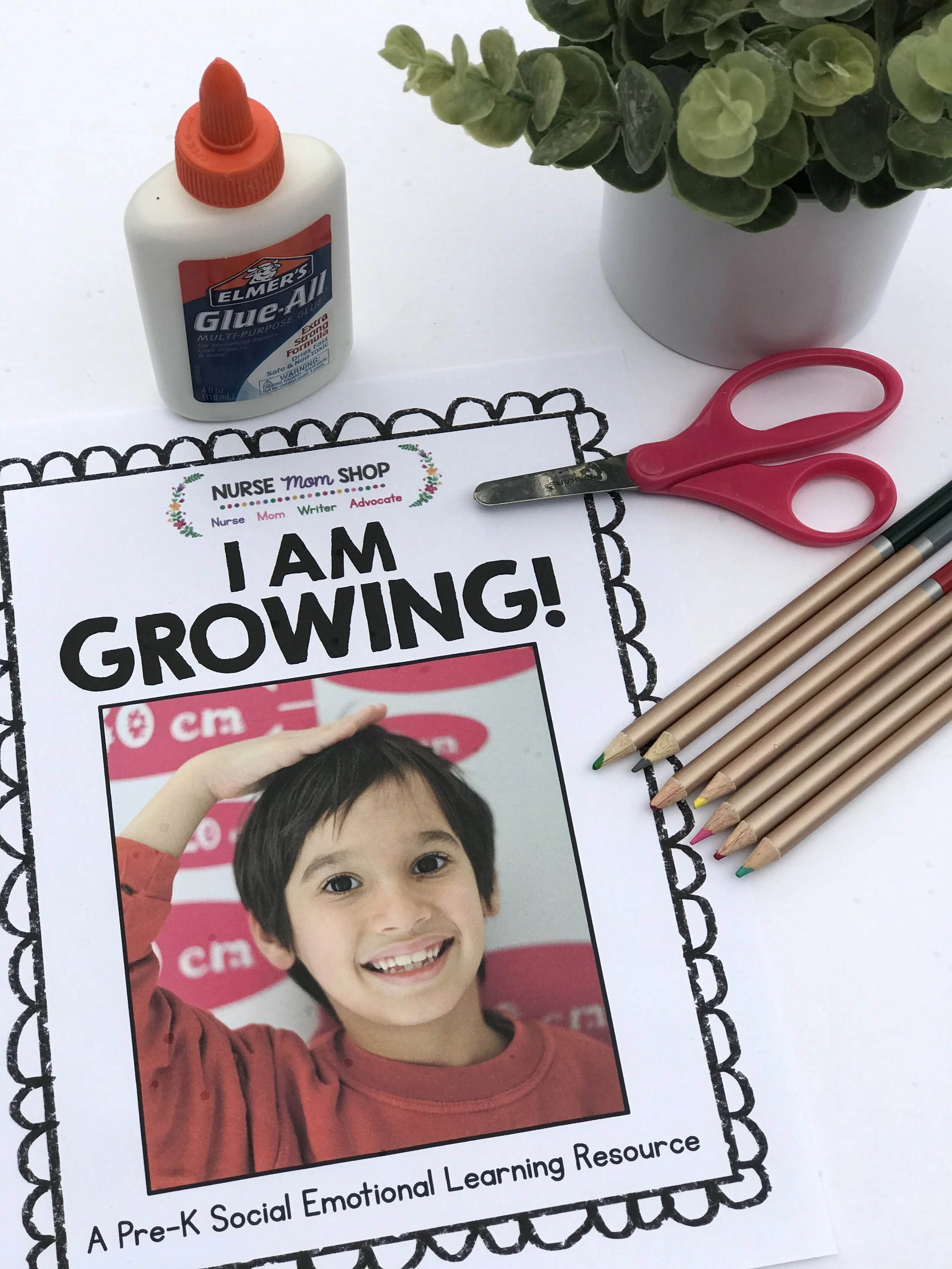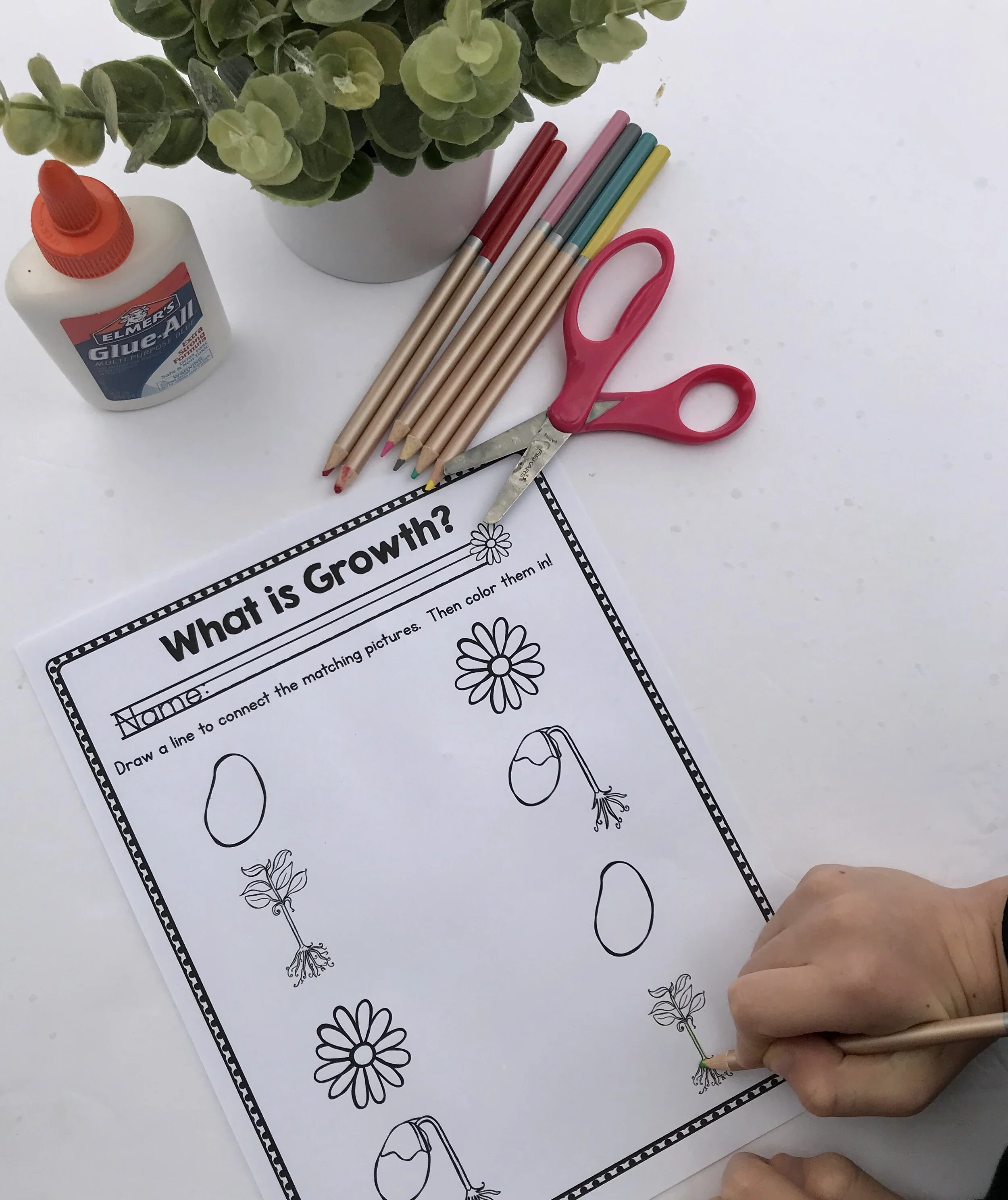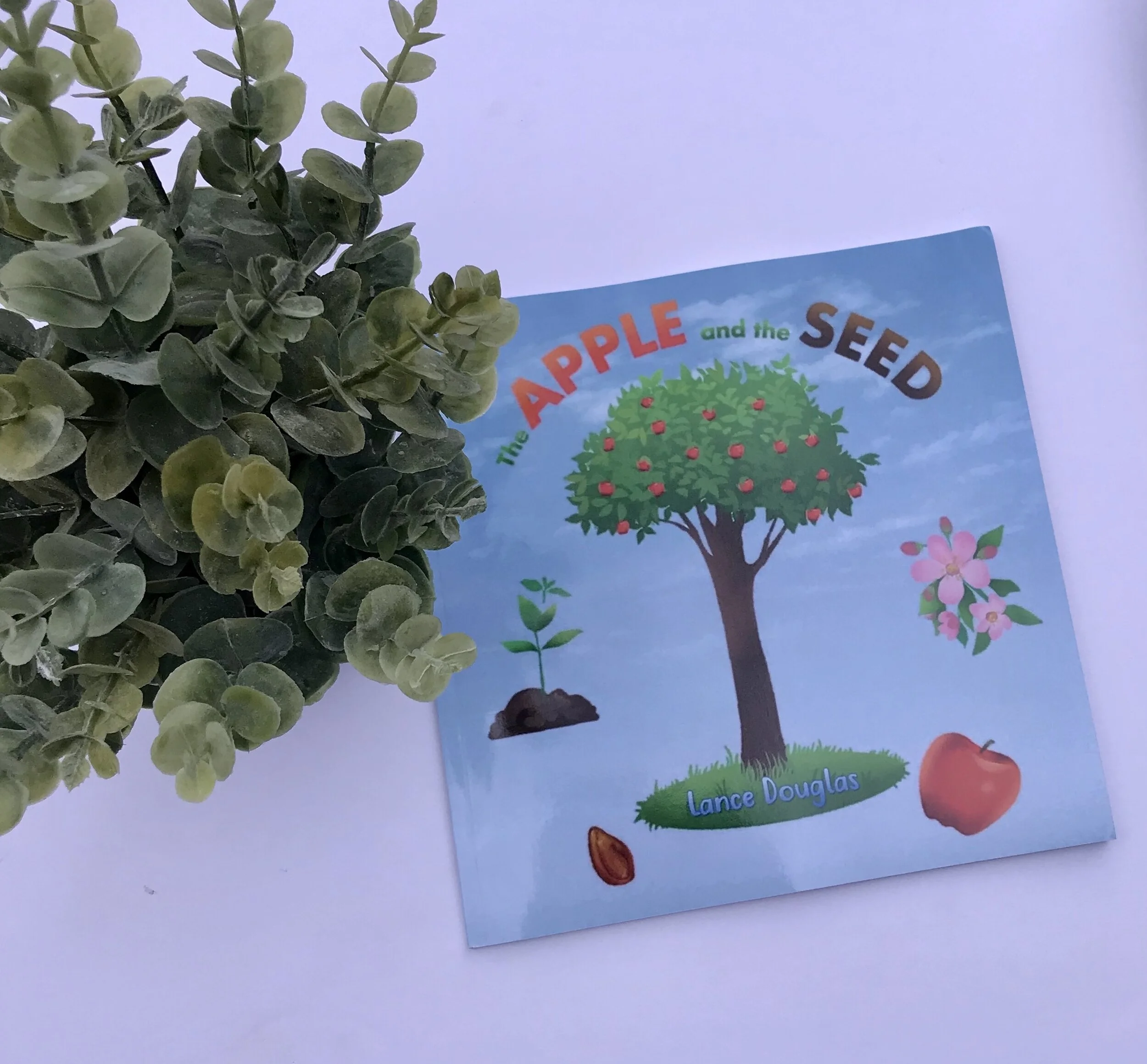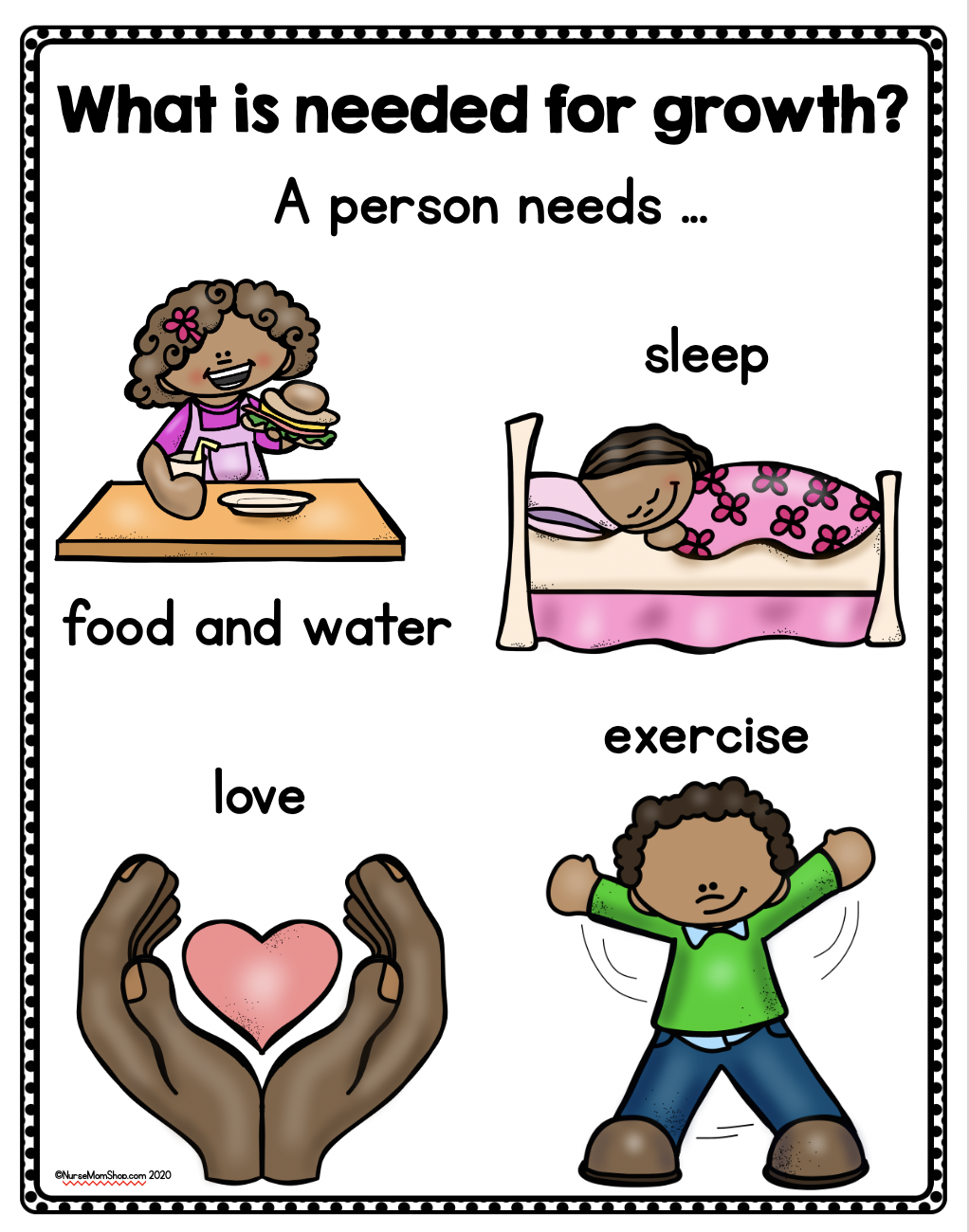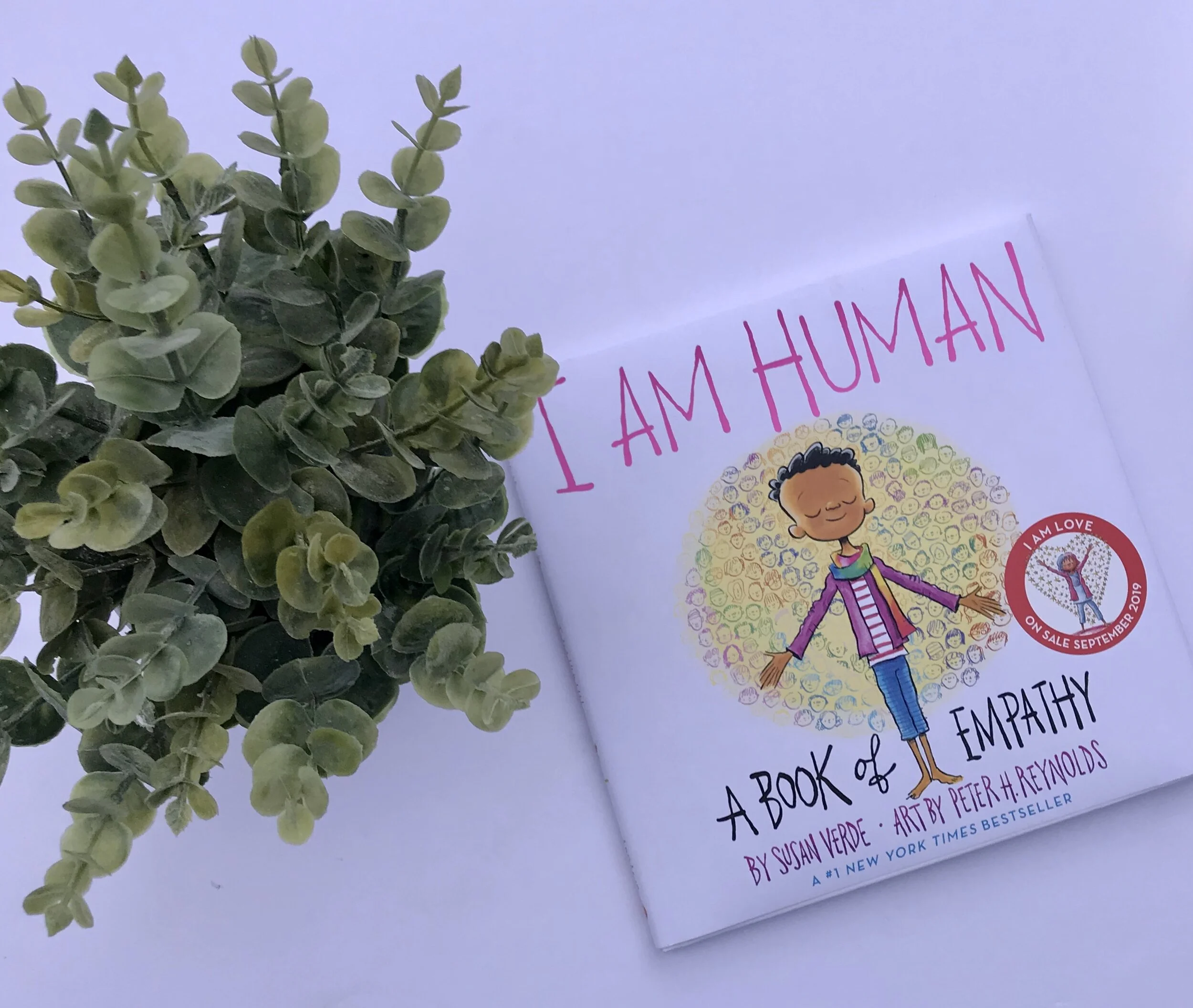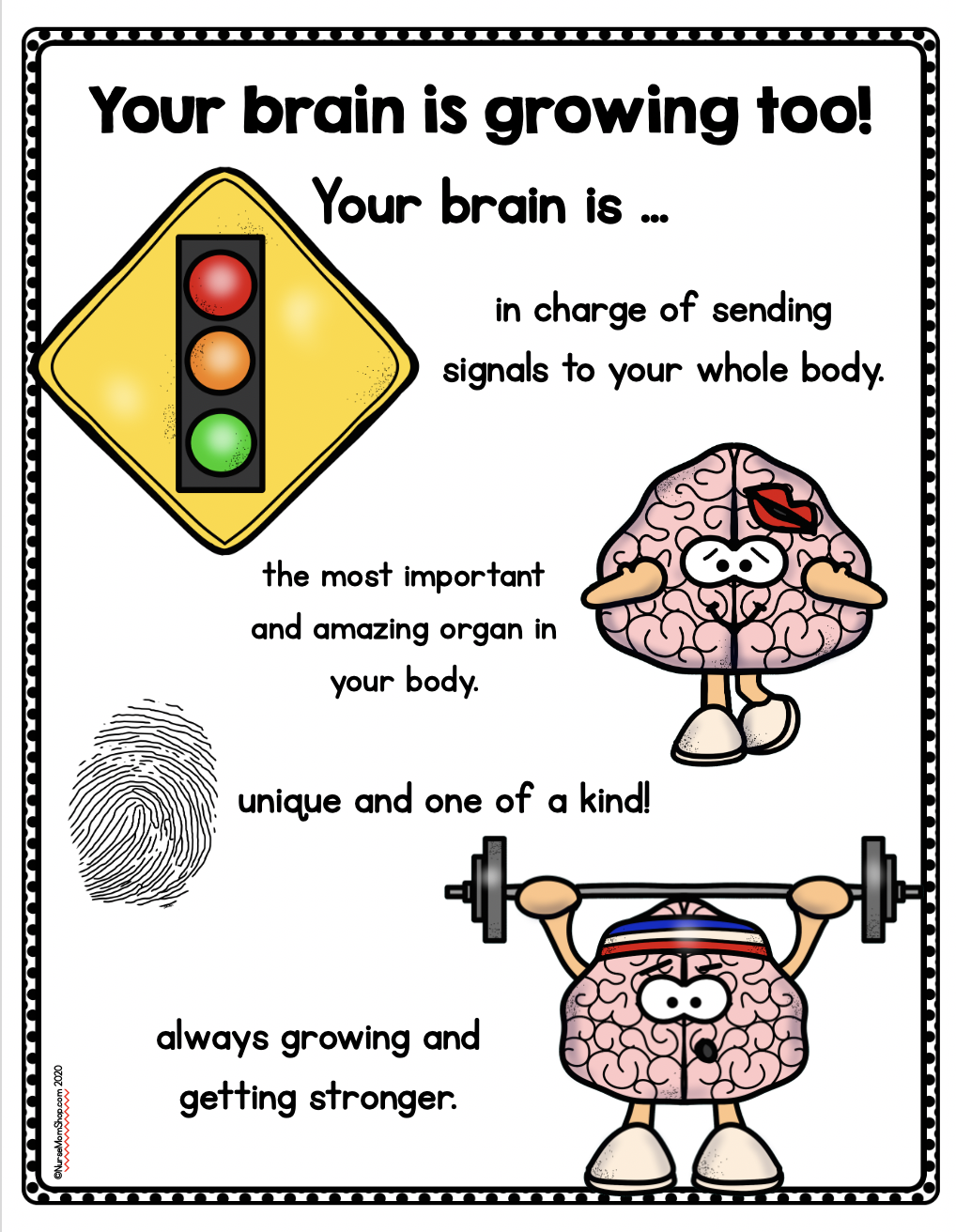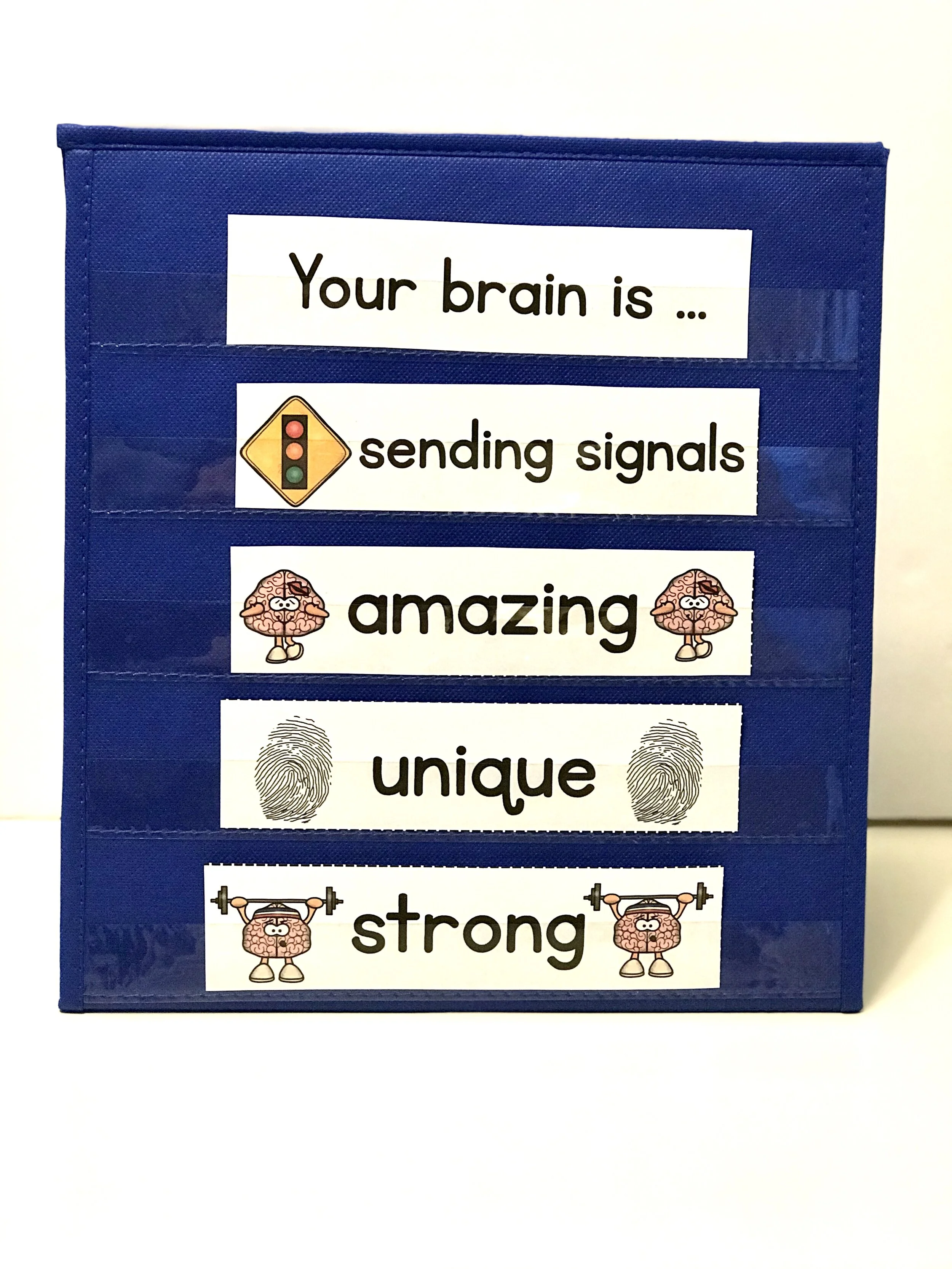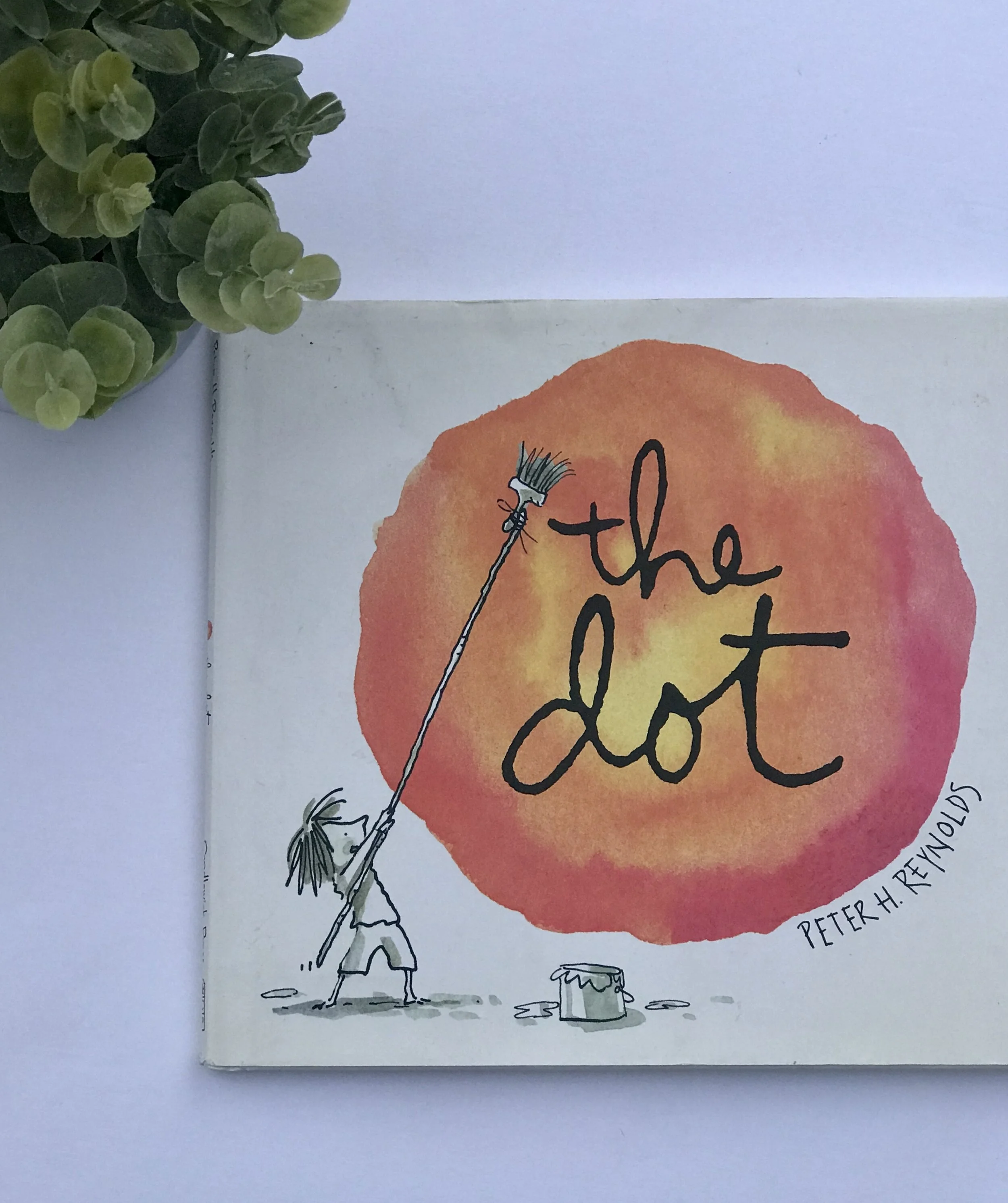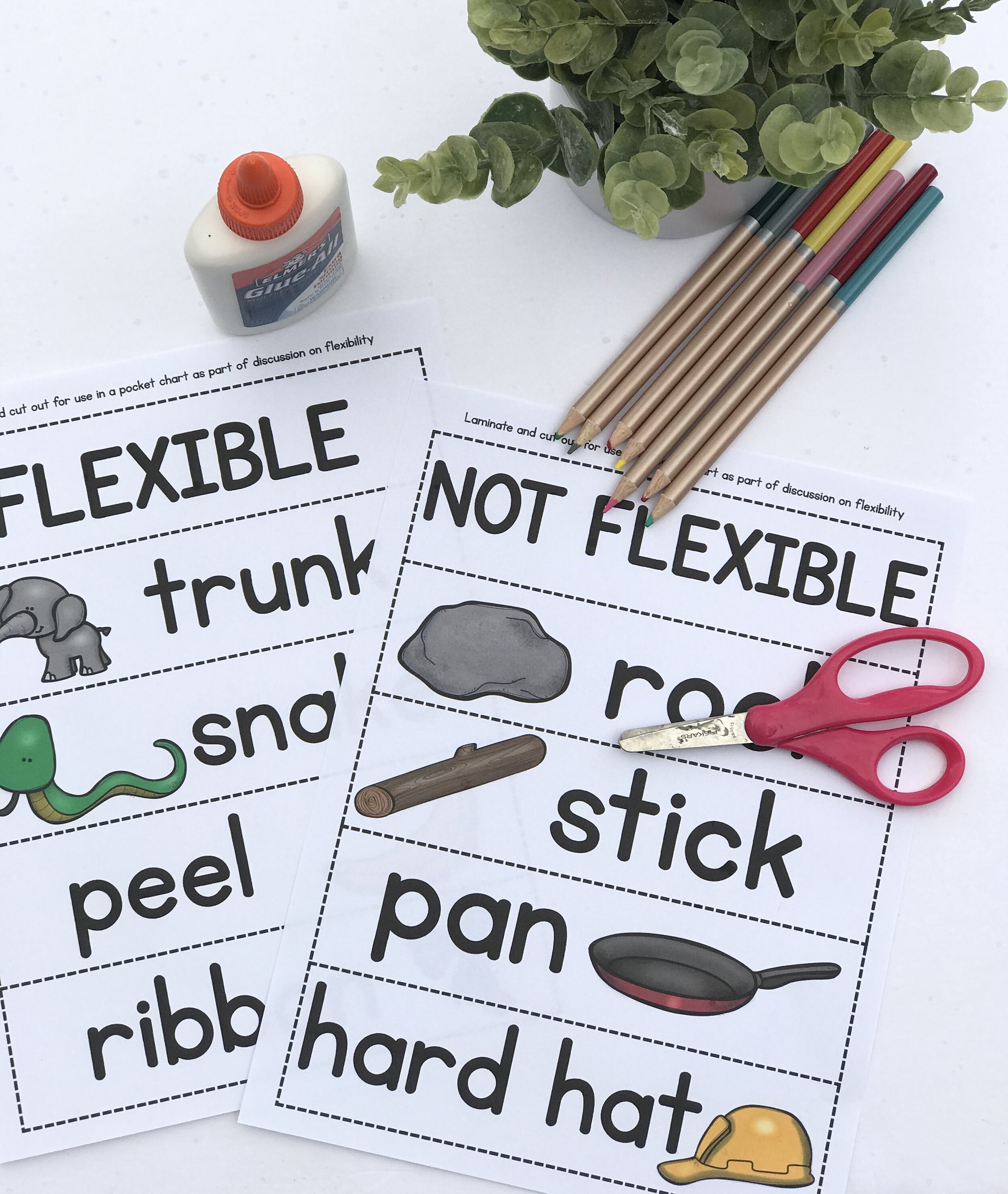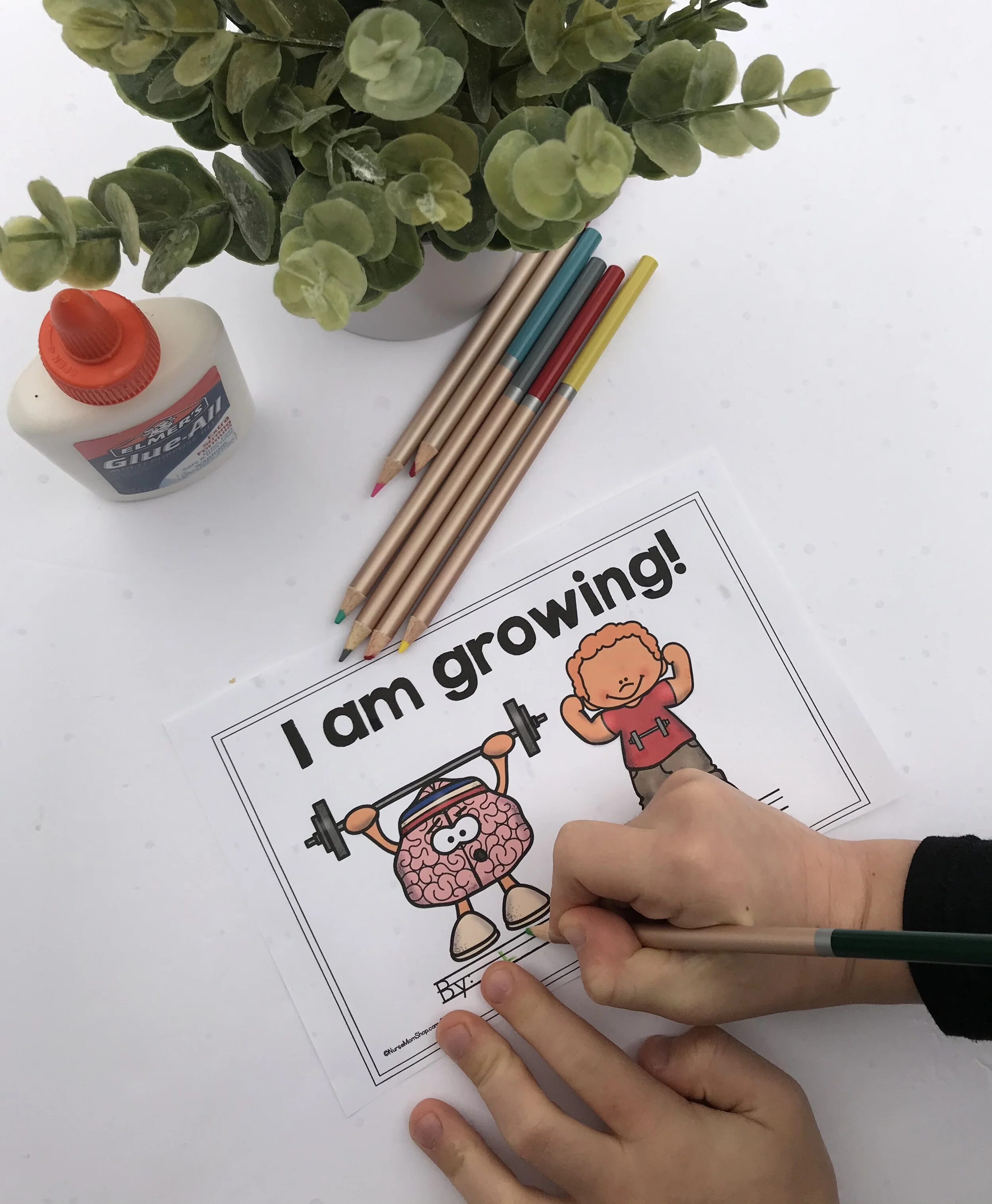Thoughts on Preschool Growth Mindset
Our twins were in preschool when I first heard them say things like, “I’m just not good at that.” Or “I can’t do that.” I remember feeling so disheartened. We’d made such an effort to encourage and emphasize growth and strengths in our home. I knew, of course, that adults have a strong negativity bias. To keep us safe and alive, our brains are wired to notice the negative. But I didn’t realize until I was parenting, just how young that bias makes it’s presence known. It is always so much easier and more comfortable to focus on what we are not good than it is to recognize how we are growing. It takes work and effort to train our brains to value progress over perfection.
Thankfully the brains of preschoolers are incredibly malleable and resilient. As disheartening as it was to hear my children speak negatively about themselves (don’t we all wish our children could see themselves as we see them?) it was equally incredible to watch how subtle shifts in our language and home culture truly moved the needle in terms of mindset.
I’ve been working this month on my first preschool social emotional unit and I’m so excited to release and share it. It’s been a labor of love. Our twins are now nine and we’ve had so much fun breaking out our old books to read together again (spoiler alert: they still love them!). As our toddler is now approaching the preschool years, I’m looking forward to putting this unit to work in our own home.
The unit is called “I am Growing!” I chose that name because while the main goal is to focus on growth mindset and cognitive flexibility, those can be very abstract ideas for young children. The first section of the unit is called “What is Growth?” and sets the stage to discuss the idea of growth in very general terms. I use two specific examples that children are often familiar with: seeds grow into plants and babies grow into adults.
When introducing the concept of growth I make sure to emphasize the fact that growth does not just mean bigger. It also can mean stronger, older, longer or taller. This will come into play later when discussing more abstract ideas like brain growth.
Each of the two main examples of growth is presented with an anchor chart and cards for pocket charts to help facilitate group discussions. To help kids follow-up on the lesson presented, I’ve included a coloring sheet, cut-and-paste, matching activity and a journal page where they can process what they’ve learned.
I came across a book several years ago that I loved because it discussed both human life cycle and plant life cycle. It follows the story of a family who plants an apple tree. As the tree grows, the children continue to visit it. Eventually they are bringing their children to the apple orchard to see how their tiny seed has become a beautiful tree. It’s the perfect warm-up introduction to this unit as it ties in both examples of growth. You can find The Apple and the Seed here.
** Please note that this blog contains affiliate links which you can read more about here. **
Once the idea of growth has been introduced, I move into the second section of the unit which is “What is Needed for Growth?” Here I like to continue with the two main examples. I use anchor charts, pocket cards and follow-up activities to discuss that every living thing can grow but it needs certain ingredients. This part of the lesson sets the stage for later discussing what our brains need to grow.
Now comes the fun part! Moving the concepts of growth into the cognitive realm. From here I move into the third section of the unit, “Your Brain is Growing Too!” This section introduces growth mindset which is the concept that our intelligence and abilities are not fixed but rather are capable of growth, change and progress.
My favorite book to introduce this section/concept is called, I am Human by Susan Verde and Peter Reynolds. It is absolutely beautiful and discussed the realities of being human. The books starts out with the words, “I was born - a miracle! One of billions but also unique.” It goes on to discuss how being human can be messy and full of mistakes but we are all capable of incredible growth and possibility. It is one of my all time favorites.
I like to start the discussion about the function of the brain by playing a simple command-and-response style game such as “Red Light, Green Light” with the kids. This is a fun way to talk about how the brain is the “traffic light” - keeping our bodies safe and sending them signals. This is a fun and natural connection for kids to make.
I also like to introduce the concept of neurodiversity here. I have the kids look at their fingerprints (or make fingerprints with an ink pad!) and discuss that no one else on the planet has their same fingerprints. Then I share with them that likewise, no one else has a brain just like theirs either! Each of our brains is unique and helps us to see the world around us in our own way.
To facilitate and provide visual aids for this section’s introduction, I’ve created pocket chart cards as well as anchor charts.
There are coloring sheets, reflection pages and matching activities to follow-up on the content provided in this section of the lesson
The fourth and final section of this unit is called, “You Can Help Your Brain Grow!” and to me it feels like the most important section. It is my goal that kids can feel empowered with this information to know that they play a vital role in their brain’s growth and resilience. In the section introduction I discuss that kids can help their brains grow by:
Staying flexible
Asking questions/learning new things
Getting good rest
Trying again and not giving up
I have two favorite books for introducting these concepts. Both of them focus on a main character who thinks they can’t do something and are surprised to learn that they actually can learn new things (and even enjoy them!). Giraffes Can’t Dance and The Dot are beautiful preschool-appropriate stories to introduce growth mindset.
In section four I introduce the concept of cognitive flexibility. I start this by having the kids do some yoga poses or group stretches. I discuss why it’s important to have flexible muscles - it keeps them strong and healthy and prevents injuries. I then discuss how our brains are healthier when they are flexible too! I use pocket chart cards, anchor charts and follow-up activities to discuss what “flexible” means in a literal sense.
In this section I also include two stories with discussion questions that give examples of children to have to persevere to learn new skills. I love following these stories up by having the kids discuss things that they have had to learn over time. Skills that have required patience, practice and making mistakes. It is so valuable to have the children apply these concepts to their own lives and to hear their friends share examples as well. It is normalizing for children to realize that the people around them also fear making mistakes and have to learn new skills over time.
I wrap up the unit with a fun mini-book that incorporates many of the concepts provided. You can grab this mini-book for FREE by clicking here!
This lesson is designed for small group or classroom settings but it can easily be adapted to use in homeschool or home learning situations! I truly hope the material here is helpful for you and the little people in your life! You can find the COMPLETE UNIT here.
I am in the process of creating more preschool social emotional resources so stay tuned! You can sign up for my e-mail list to stay in the loop with my new materials.
May we have patience with ourselves and with our little people as we all embrace together how messy and beautiful is is to be growing together.

